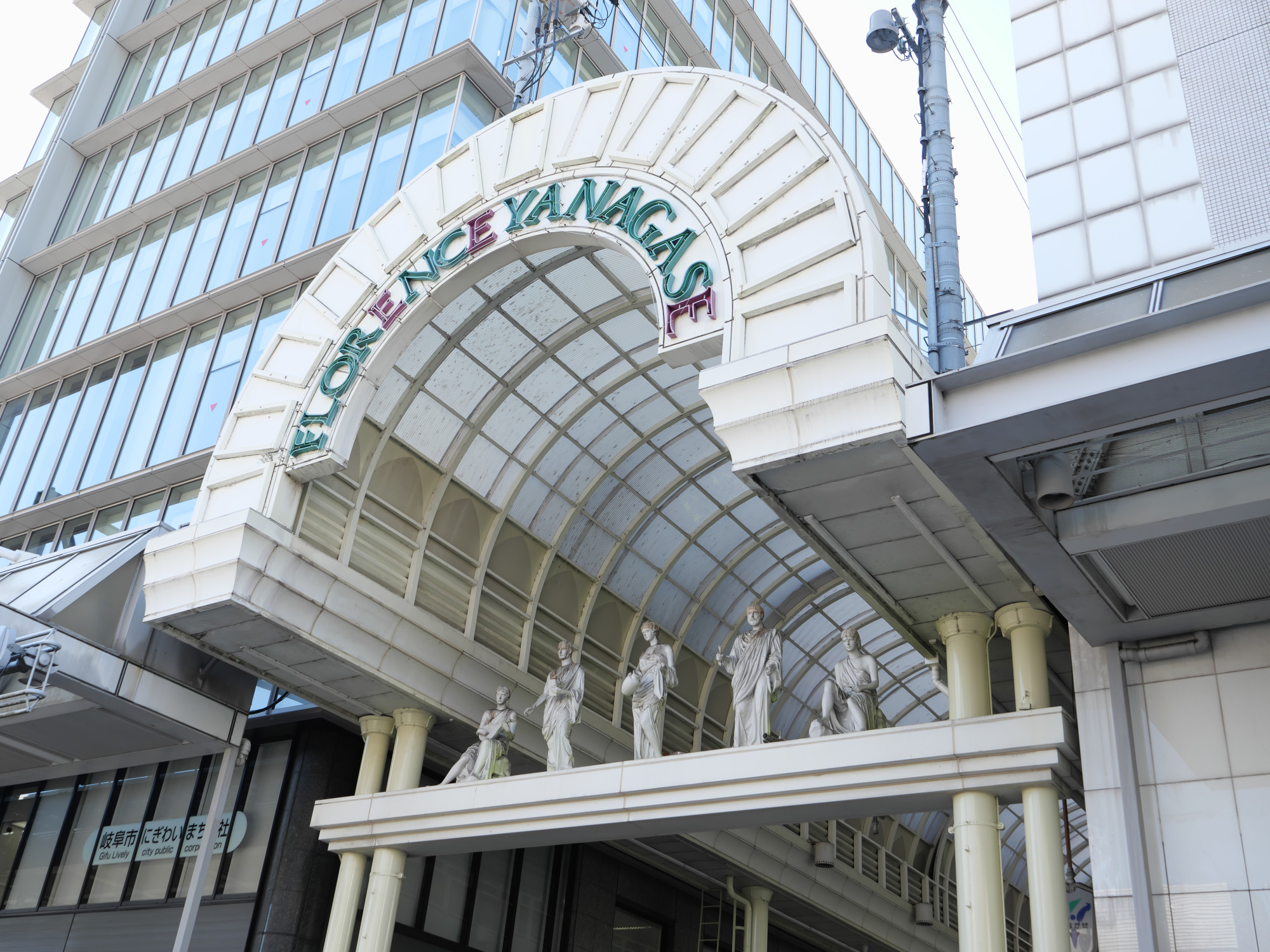“I’ve always come to Yanagase because Takashimaya was here. If the store closes, it will be gloomy all around,” says part-time building cleaner Akira Hayashi, 77, on one weekday afternoon in May while standing in the sparsely populated street of closed storefronts.
Hayashi fondly recalls his days of drinking at thriving taverns along the shopping street as a young man.
About a 15-minute walk from Gifu’s main railway station, Yanagase began developing as a commercial and entertainment district towards the end of the 19th century and flourished between the 1950s and the 1970s.
Driven by singer Kenichi Mikawa’s 1966 million-seller ballad “Yanagase Blues”, the district achieved nationwide fame and was so lively and packed at times that people would often be shoulder to shoulder while walking along the boulevard.
At its peak, more than 1,000 stores lined the street and Yanagase was a central hub for the city’s inhabitants. The Takashimaya Gifu store opened in 1977.
In Japan, there are around 12,000 traditional-style shotengai shopping districts, which are typically pedestrian streets lined with retail shops.
According to a 2021 survey by the Japanese government’s Small and Medium Enterprise Agency, some 40 per cent of the shopping districts have a vacancy rate of 10 per cent or more. Shopping malls are considered “in disuse” when the vacancy rate exceeds that level.
“Yanagase will not have anything to rely on any more,” says Takuro Mizuno, who runs a tailor-made suits shop and who became president of the Yanagase shopping centre promotion association in April.
But the 35-year-old quickly adds: “This will finally put a fire in the belly of the individual shop owners. Our district will definitely make a comeback.”
In May, an official Yanagase account was opened on X, the social media site formerly known as Twitter. In addition to promoting events and details about places to eat and shops, it also looks to draw shoppers by highlighting an anime in which the shopping district appears. The account also includes updates on Mizuno’s official activities.
Within two weeks of its launch, the number of followers had approached 1,000.

Each store in the arcade is also putting in work to bring in new customers. Seizaburo Iwata, 47, is the third-generation president of Iwata Watch & Jewellery, a shop that was founded in Nagoya in 1937 and moved to Yanagase after the second world war.
In addition to traditional high-end jewellery, affordable wedding rings for young customers are also displayed in the showcases. The entrance’s signboard, in place for 60 years, will be replaced to create a fresh look.
“We are aiming to become a time-honoured business where young people also feel comfortable casually dropping in,” Iwata says.
Mizuno sees the withdrawal of Takashimaya as an opportunity for each store to reassess its services.
He believes that today’s increasingly efficient, consumer-driven society makes the traditional, relaxed atmosphere of the Yanagase shopping district all the more appealing. He shared his vision looking ahead to the district’s 150th anniversary in 2039.
“This place is not as refined as a large shopping centre and has many imperfections,” Mizuno says. “I hope to make use of such human frailties so that people will again say that Yanagase is the best shopping district in Japan.”

